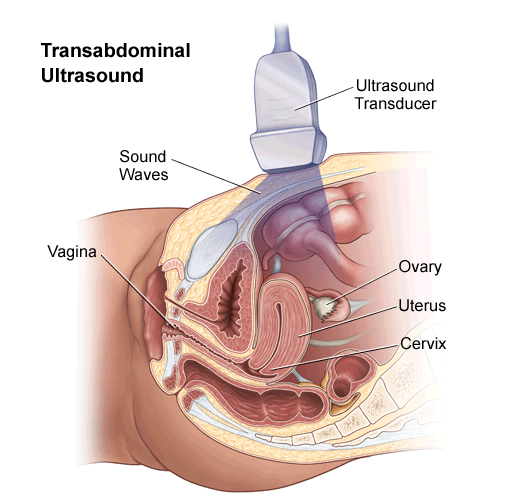RABIES is a widely distributed disease produced by a virus transmitted through the bite of a rabid animal.
The dog is usually responsible in most parts of the world but probably any mammalian animal may carry rabies though in practice the disease has been observed only in bites from cats, wolves, bats, badgers, skunks, squirrels. raccoons, horses and cattle.
The clinical problem of determining whether the culprit dog is rabid or not is readily solved if it is available for
observations for the rabid dog is usually anti-social, making aggressive unprovoked attempts to bite.
Symptoms of rabies show within 48 hours and are marked by acute restlessness and a desire to wander aimlessly.
The jaw muscles are the first to become paralysed hence the drooping jaw of the rabid dog depicting the profuse salivation. Paralysis is progressive and death ensues 2-5 days from onset; a 10-14- day observation is however, mandatory in all cases.
The diagnosis of rabies is confirmed by the demonstration of Negri bodies in the brain.
Clinical features of Rabies
The incubation period is extremely variable averaging 50-60 days and, probably because the virus is neurotropic, it is shorter for facial and trunk bites compared with bites on the
extremities. The human symptoms are similar to the canine picture. There is a prodromal period of intense restlessness, paraesthesia and hyperaesthesia. Pain at the site of the bite is the most important early symptom.
Hallucinations and wild dreams add to the nervousness. Muscle spasm and convulsions result from the slightest stimuli; these are particularly severe in the throat muscles causing pain on swallowing.
Herein lies the aptness of the term hydrophobia for attempts to drink or even the sight of water evoke painful laryngeal spasms with danger of asphyxia .
Generalized paralysis soon sets in and death in a day or two is inevitable.
Treatment
Prophylaxis with human diploid cell vaccine (HDCV) is the most effective means of treatment and should be given if there is the slightest possibility that a bite or scratch may have been inflicted by a rabid animal. Delays are important only when they exceed 10 days from the time of the bite. Pre-exposure prophylaxis is necessary for animal handlers including veterinary workers.
In the absence of HDCV, attenuated virus vaccine may be used.
An average course consists of daily injections of 2mL of 5% tissue emulsion given subcutaneously for 14 to 21 days, with booster doses administered at 10 and 21 days after the initial therapy.
The duck embryo preparation has the advantage of low content of nervous tissue antigen generally considered responsible for post-vaccinal complications and is preferred to the original rabbit brain vaccine. Where the risk from rabies is considered serious, a combination of human rabies immune globulin or rabies anti-serum and a course of vaccination gives the best protection.
Local Care of the Wound
It is presumed that owing to natural immunity, only about 50 percen(of patients really contract rabies when bitten by rabid dogs. It has been shown experimentally that thorough irrigation of the wound with soap solution reduces the number developing clinical rabies and furthermore dramatically lowers the mortality from 90% to 5%.
It is probably safer to leave the wounds unsutured. Tetanus toxoid and antibiotics should also be given. Once clinical rabies has developed, no known chemotherapeutic agent can alter the course of the disease. Treatment then aims at symptomatic relief of suffering.
Prevention of Rabies
Rabies remain a significant public health problem in many tropical countries. With the current spate of social upheavals in Africa, this is likely to deteriorate further. Preventive measure – registering, licensing and vaccinating all dogs need to be intensified and prompt action taken on all bites according to the prevailing circumstances.
And One other thing………
In an interview granted the Guardian, the one time Chairman of the Lagos Chapter of Nigeria Veterinary Medical Association, Dr. Alao Mobolaji, gives insight on what you should do in case of a suspected rabid dog bite:
“If the immunization status of the dog is questionable, the victim should go immediately to the nearest primary health care centre to immediately commence the post-exposure immunization, which is composed of five shots of vaccination, for days 0, 3, 7, 14, 21/28. These shots must be taken and completed. The treatment would cost between N30,000 to N35,000 and would last for 30 days (days 0,3,7,14,21/28).
The doses must be taken completely to ensure adequate protection. It also important to note, that the earlier the victim commences the post-exposure immunization the better the chances of surviving the disease.” He said.
He stated further that: “As deadly as the disease is, it is unfortunate that very few laboratories in Nigeria have the equipment and capabilities to definitely diagnose rabies. According to Mobolaji, only few teaching hospitals, veterinary teaching hospitals in universities, and National veterinary research institute (NVRI) Jos, Plateau have the ability to diagnose rabies.”
READ ALSO: A medical doctors explains how Hepatitis B and C are curable.
Please leave a comment.
Read more from WHO News
























